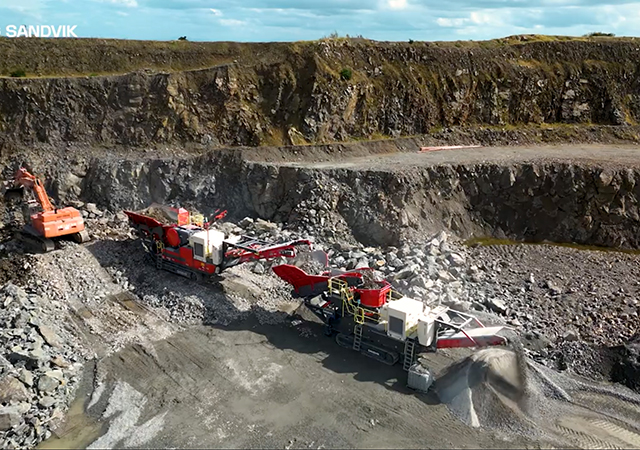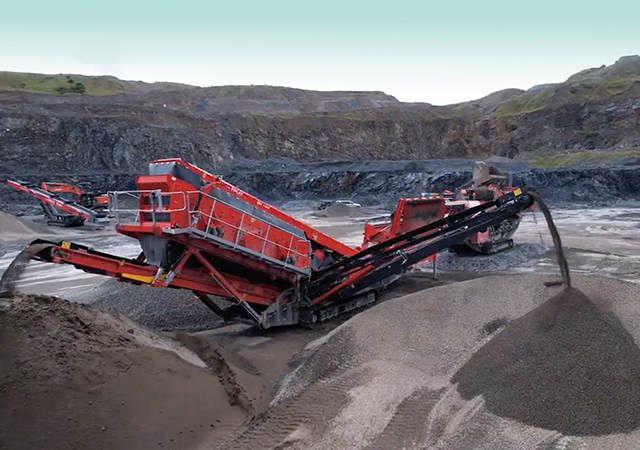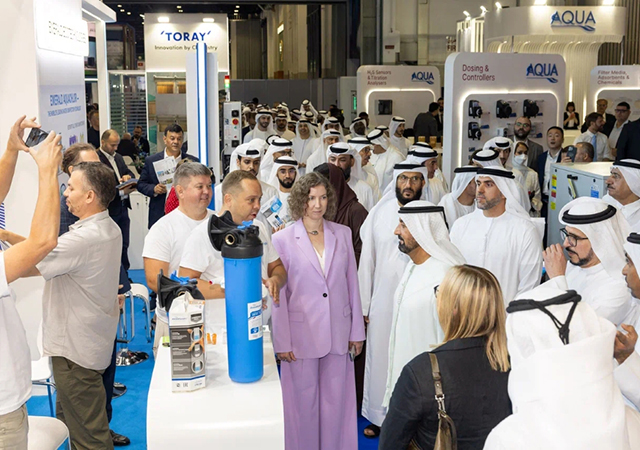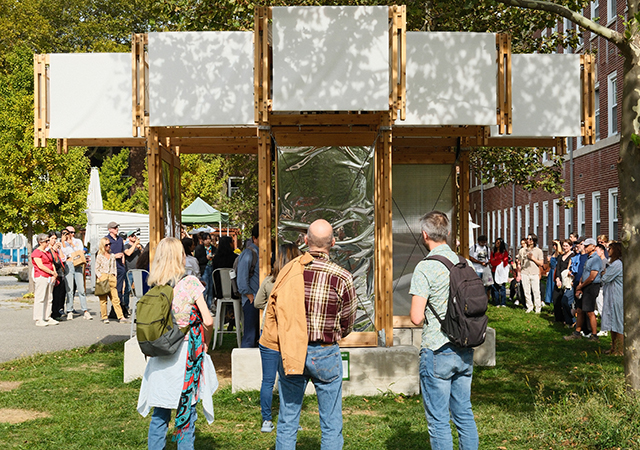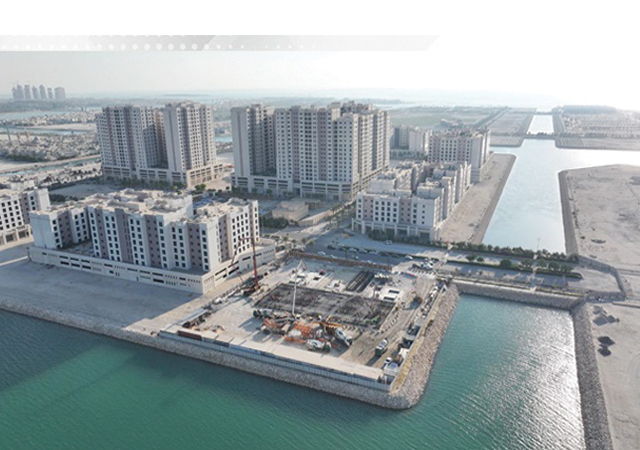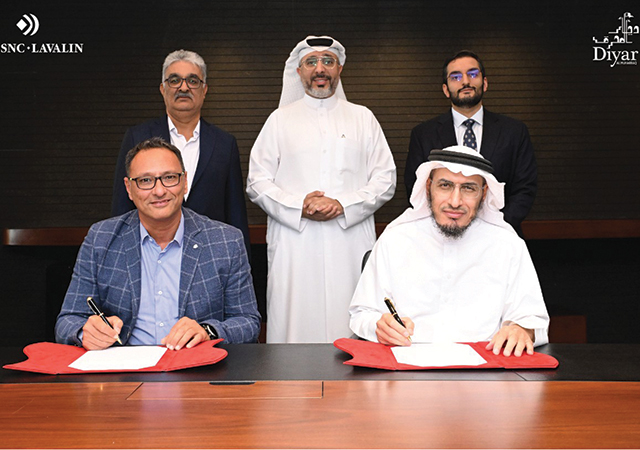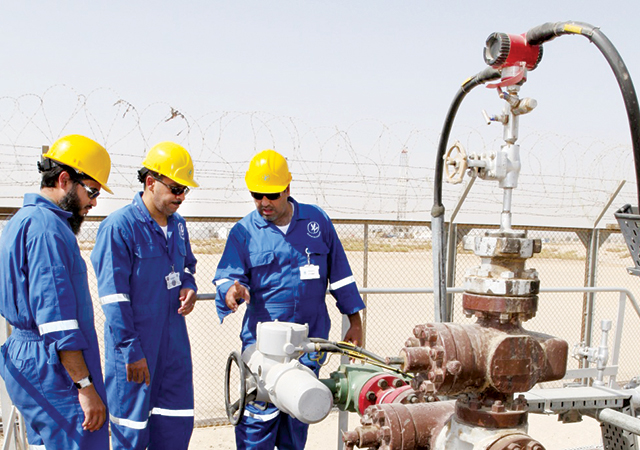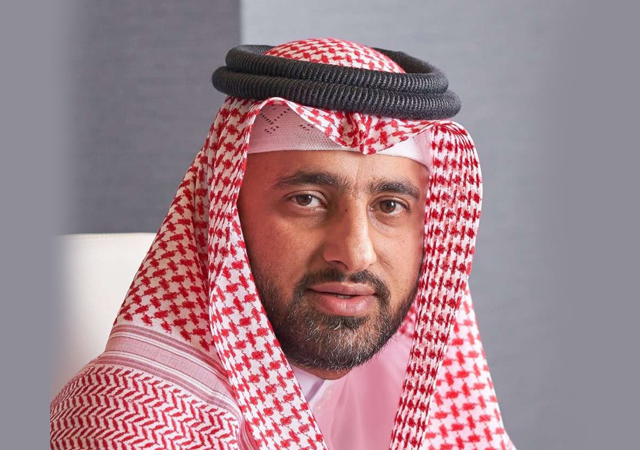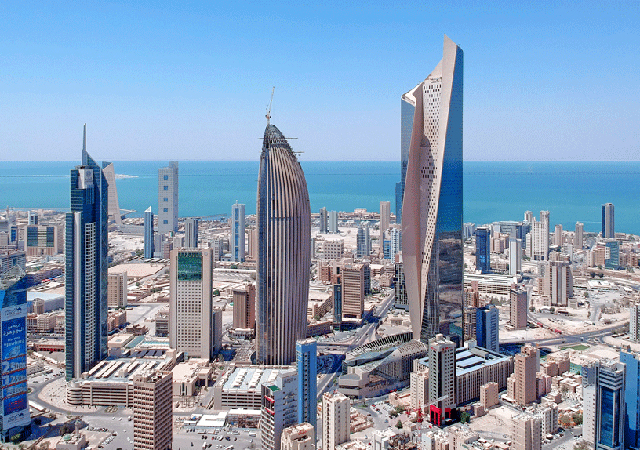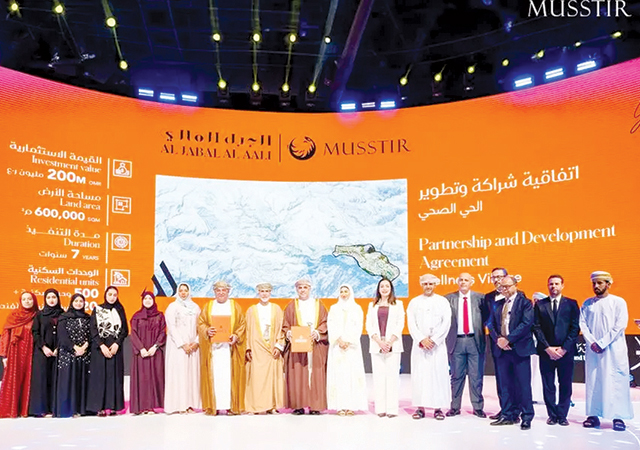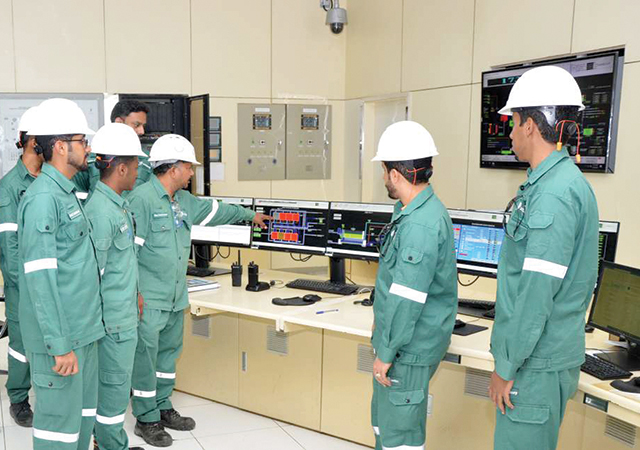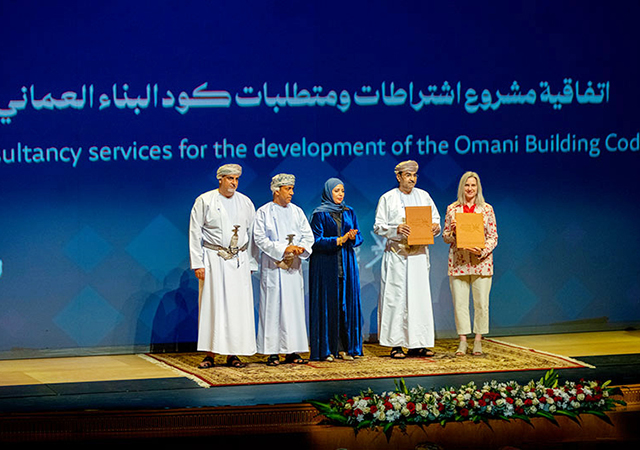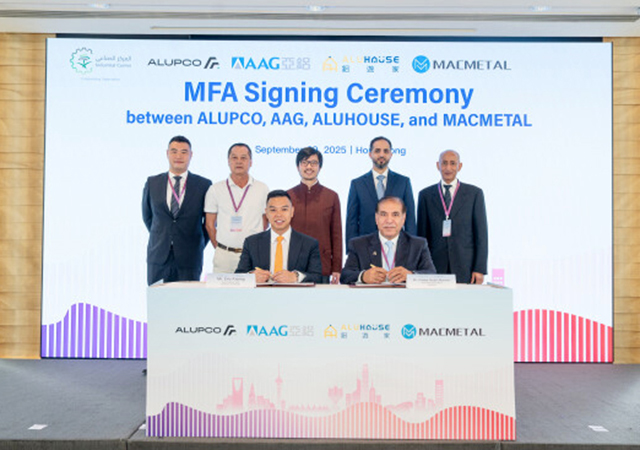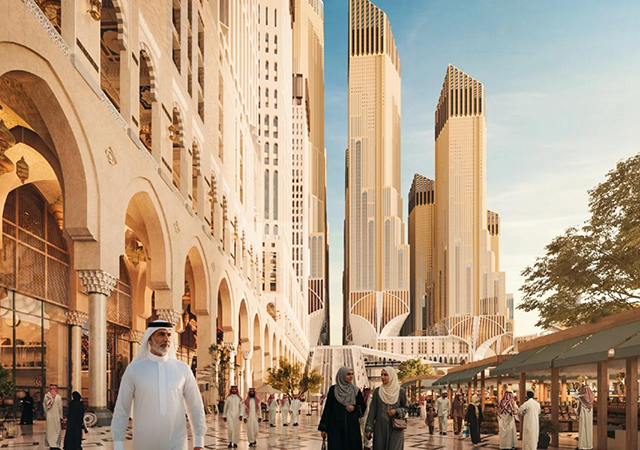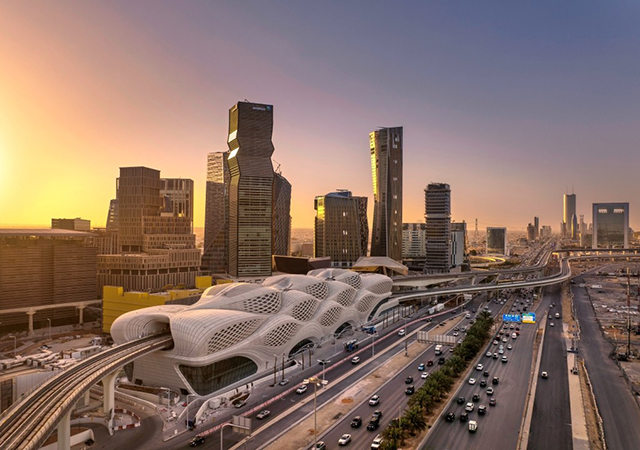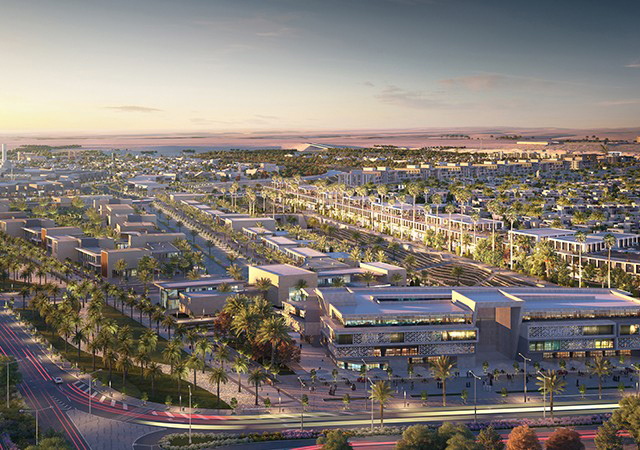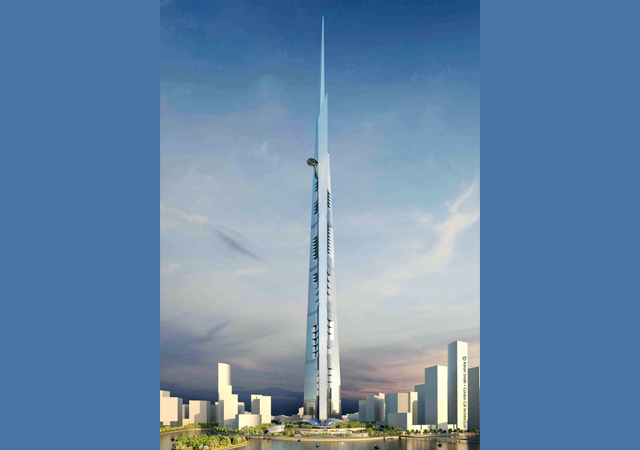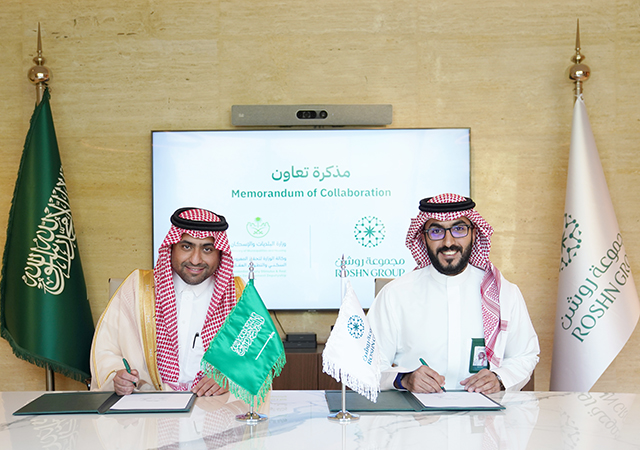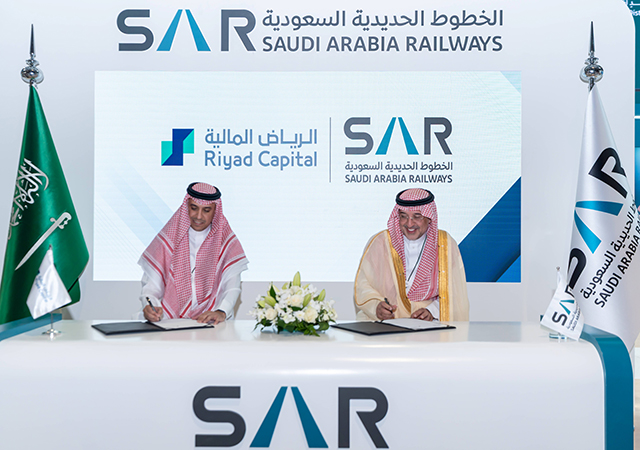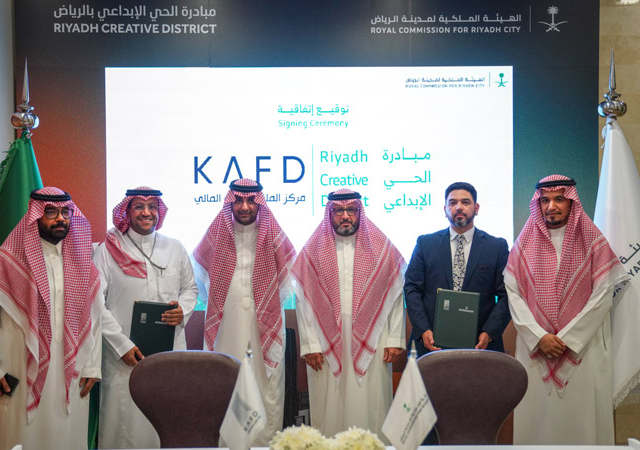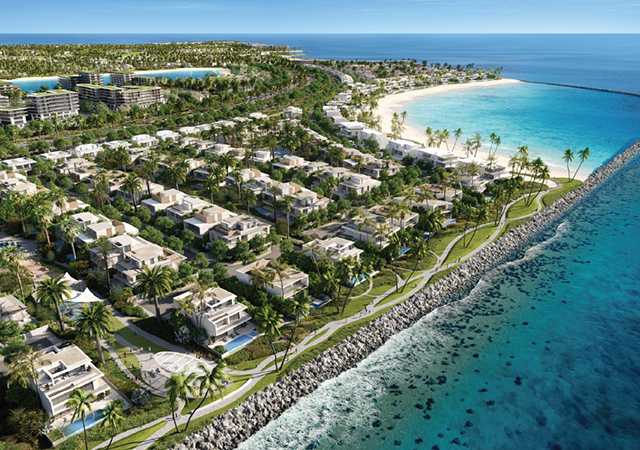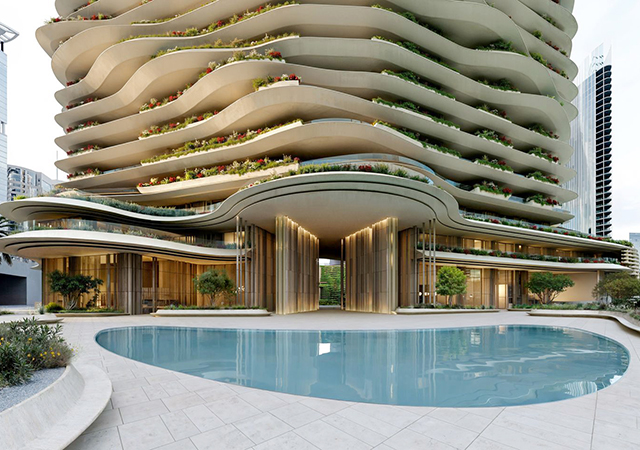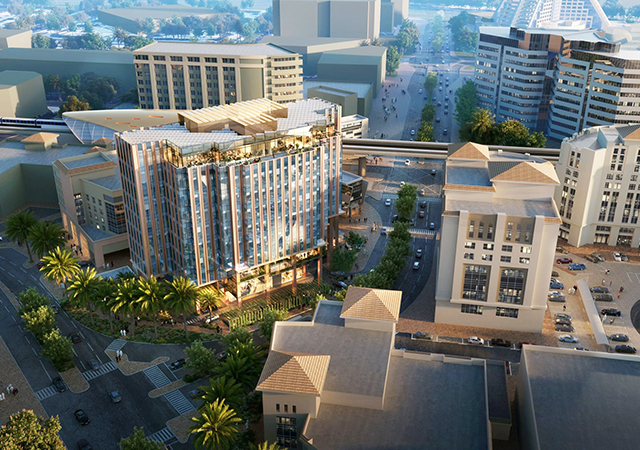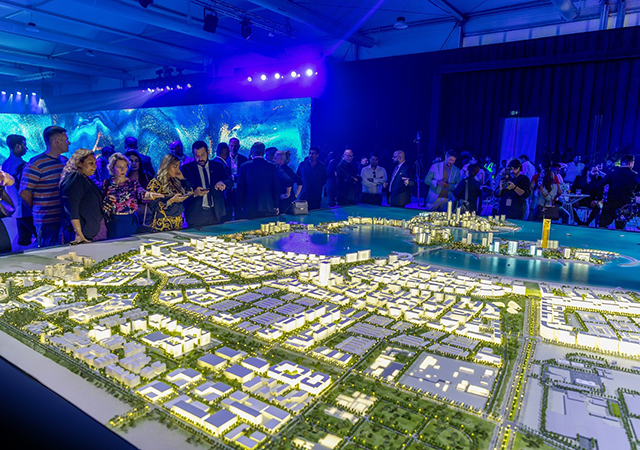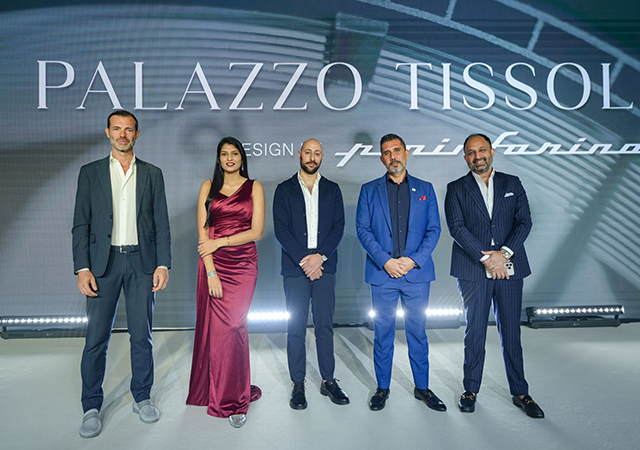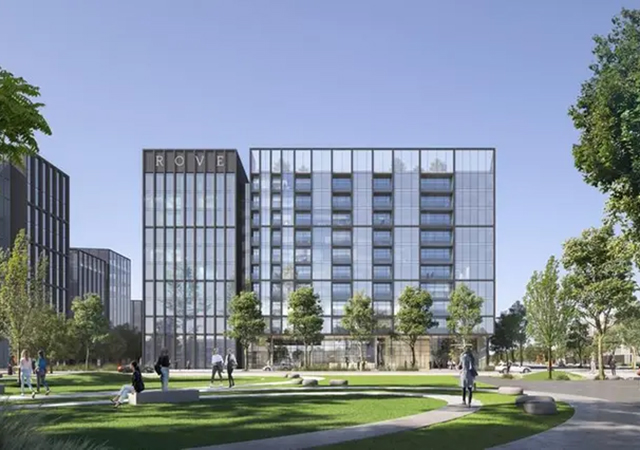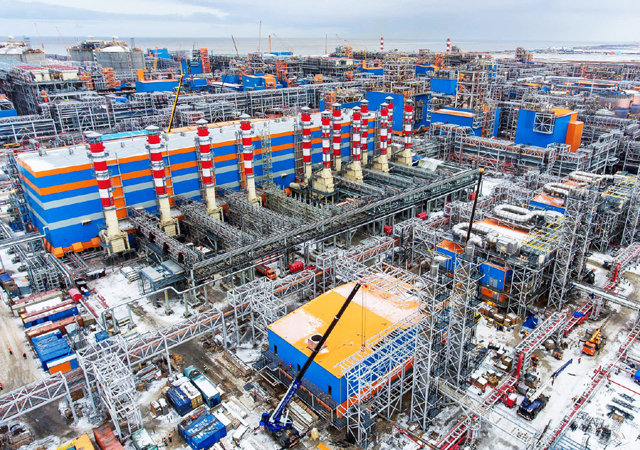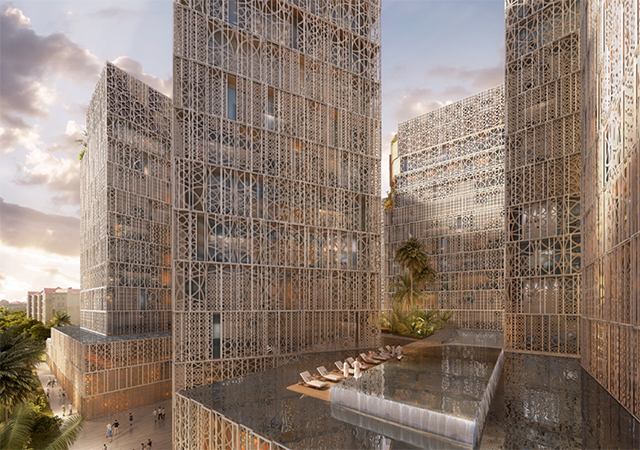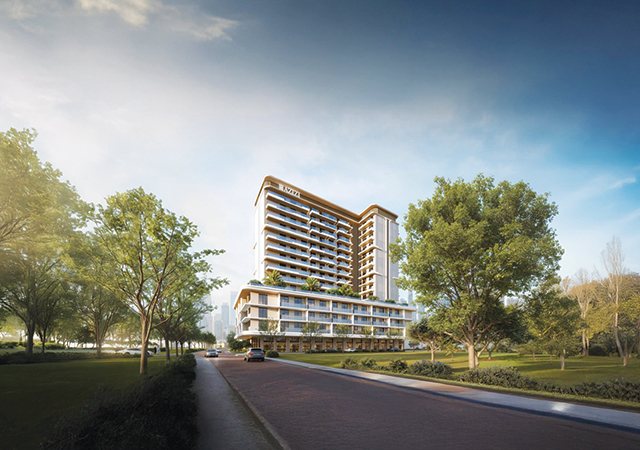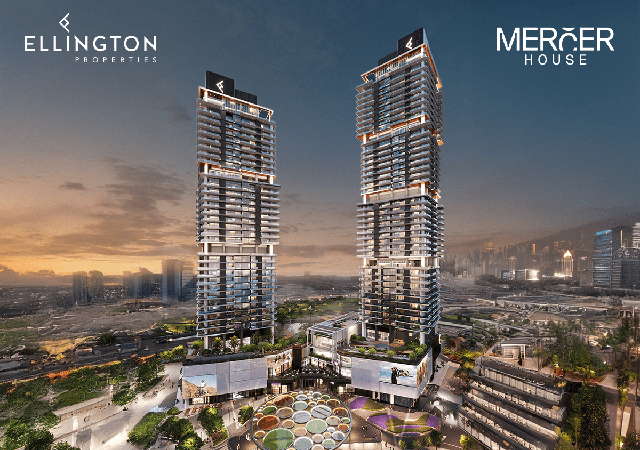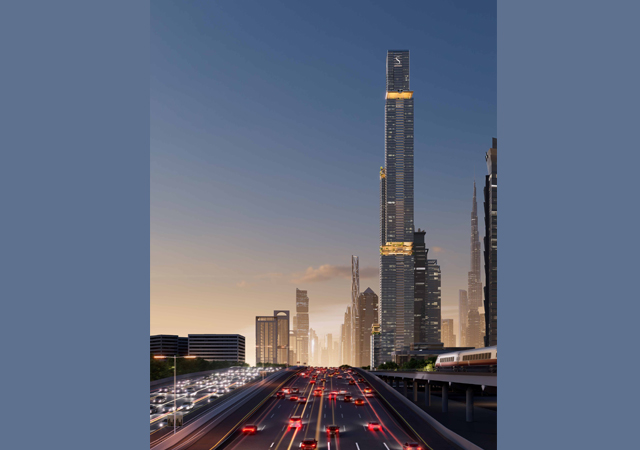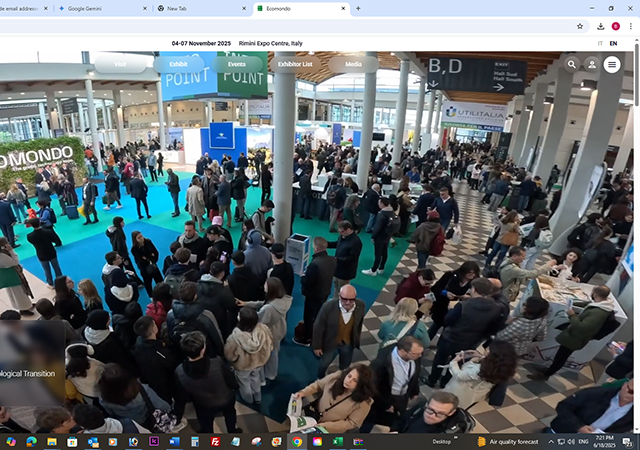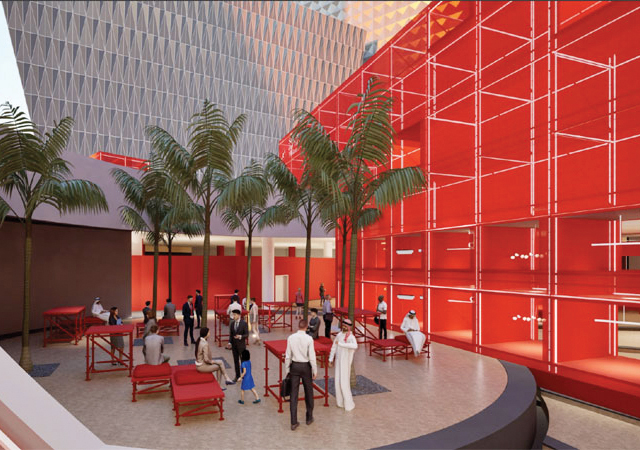.jpg) Transformed ... an old building becomes a modern hotel.
Transformed ... an old building becomes a modern hotel.
Creating a design for the ambiance of a world-class hospitality project is clearly a challenge; however, in the case of a recently opened UAE hotel project, this challenge was further compounded by the fact that it would be housed in a building that was not in use for years and would need to be transformed on a limited budget.
Draw Link Group, the leading architecture and design firm, rose to the challenge in creating the design for the Hawthorn Suites by Wyndham, a hotel apartment that opened its doors in Dubai last year by resorting to the appeal and vibrancy of colours.
Located in the Jumeirah Beach Residence’s The Walk, a popular visitor destination in the emirate, Hawthorn Suites by Wyndham is a new brand in the region. The four-star property, housed in a 25-storey building, features 188 modern and elegant guest rooms and suites and luxurious facilities to provide the best hospitality experience to travellers who can enjoy the comfort, convenience and ambiance of a “home away from home”.
“The main focus for the designer was how to transform an old building into a modern one and from residential to hotel use. That’s why our concept was based on the idea of creating a homely atmosphere in a hotel,” says Fahda Barrak, senior architect, Draw Link.
 |
|
Hawthorn Suites by Wyndham ... “home away from home”. |
The property also features an executive floor called the Upper Plaza comprising 12 apartments. “In order to realise something more dynamic, Draw Link selected three themes for the Upper Plaza – Classic, Modern and Viennese – each used for four apartments.
Commenting on the challenges faced while executing the project, Barrak says: “Indeed, there were many constraints presented by this project such as the condition of the building, the budget and the time-frame, which was three months to design and four months to execute the designs. The main challenge was to give the building a complete facelift – and we resorted to using a lot of colours to achieve our goal.
“One of the major challenges faced was to find materials that fitted within the budget and were easy to source and install. The materials had to be not only modern in design but also functional.”
A solid surface was used as wall cladding to cover the old tiles, mainly in the bathrooms and in the kitchens. This solid surface has also been used to clad the countertops in kitchens and the entire shower enclosures, wash basins and bathtubs.
Barrak continues: “As for the rooms, the challenge was to change the general ambiance without using hard finishes. The colour choice for the paint and the wall paper was to give a refreshing feeling.
.jpg) |
|
Personal touch ... most of the furniture was custom made for the project. |
“For the common areas, it was decided to clad the wall and floor with gypsum board and an innovative woven vinyl flooring from Bolon.
“To complement the modern aspect of the whole design, coloured glass was used for the partitions. Our choice for the furniture was very successful: in fact, the modern line and fresh colours give conviviality to the space.
“Most of the furniture was custom made for the project because we wanted to give our personal touch as the designer.”
Commenting on the colour scheme, Barrak says: “As I have already mentioned, the colours were the main feature of our design concept, as the building was tumbledown and the original materials were very dark; also, the budget was limited. Hence, I thought that covering the entire walls and floors with colourful materials would bring freshness to the project.
Barrak adds that the company drew its inspiration for the project from Missoni, an Italian fashion house based in Varese, and known for its colourful knitwear designs.



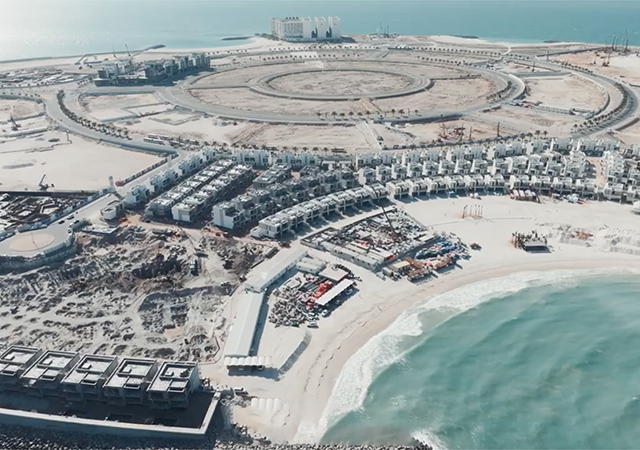


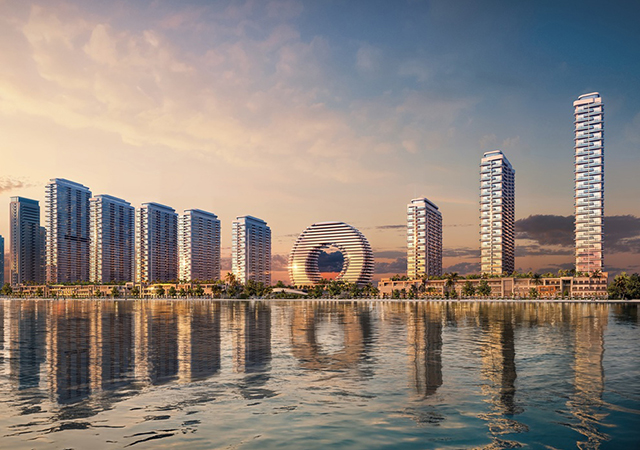
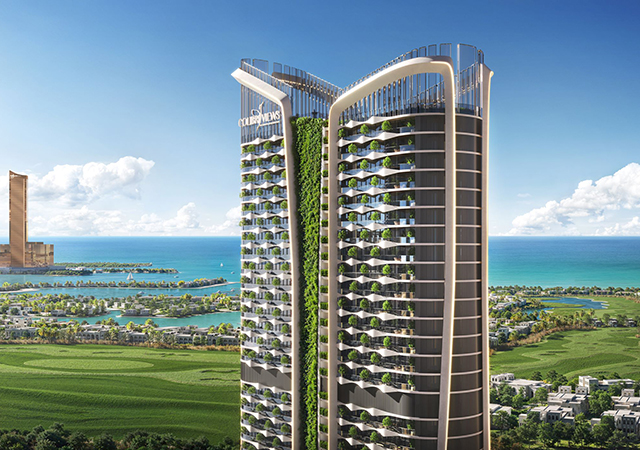
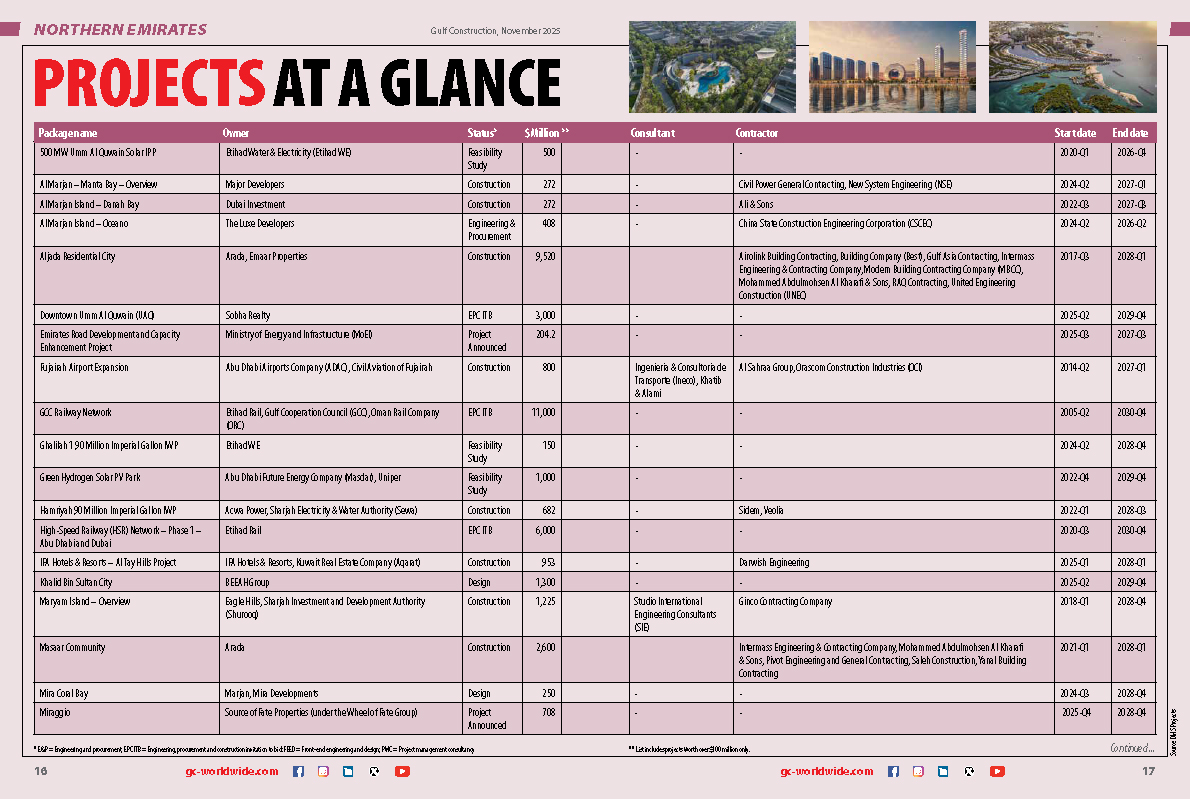

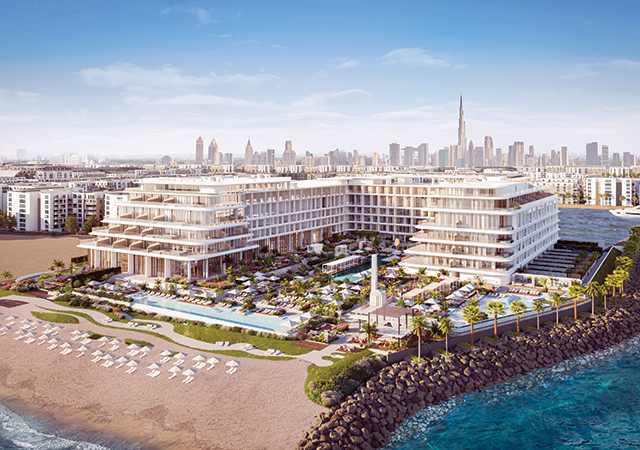
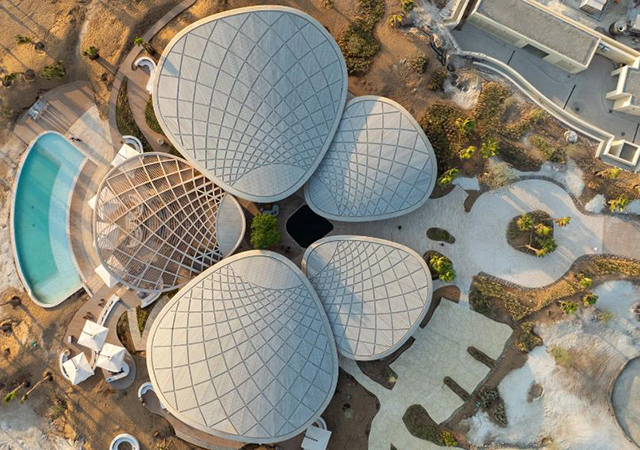

(5).jpg)


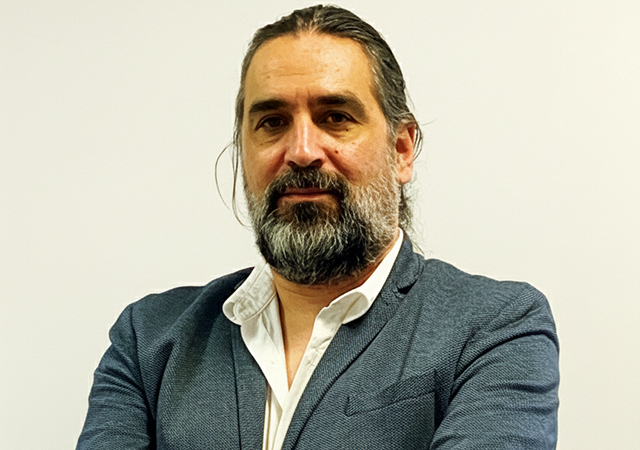
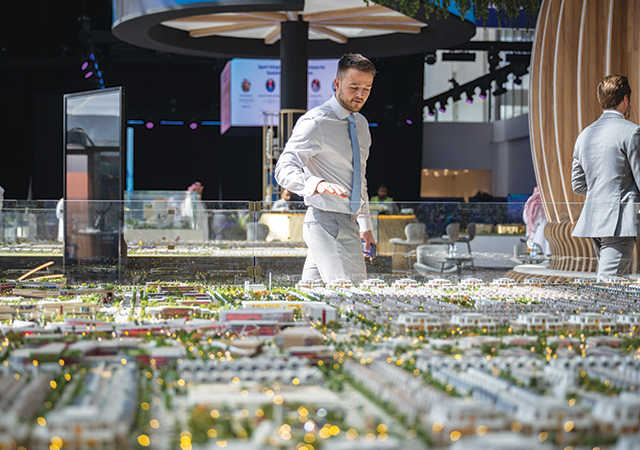
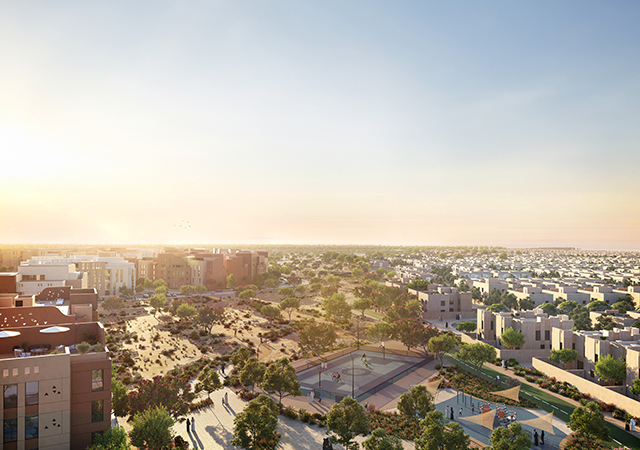
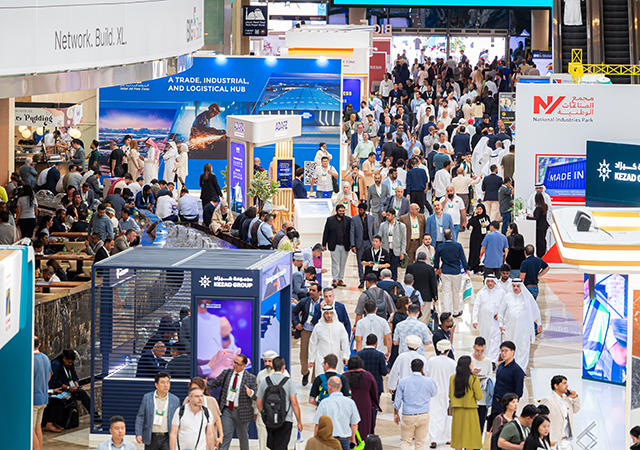
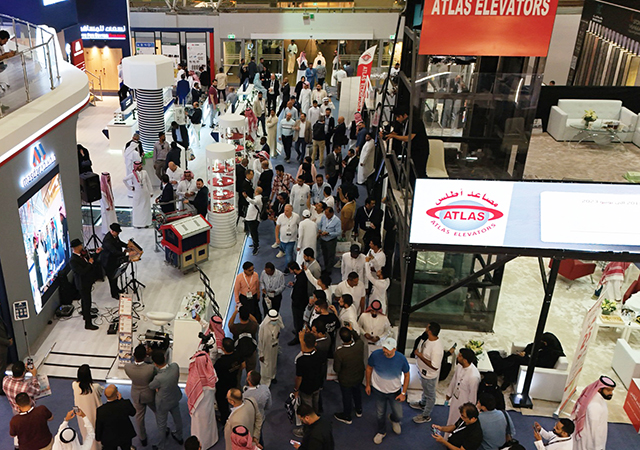
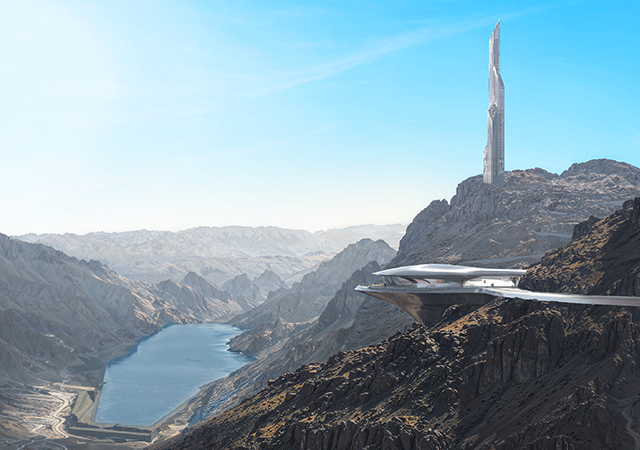
.jpg)



